A quick midweek visit to the quintessential California beach town was a welcome, but brief, respite from the increasingly wet and dark Pacific Northwest fall. But it was not quite as idyllic as I’d expected. The big story last week in Santa Cruz was the tons of anchovies invading Santa Cruz’s harbor, sucking up all the oxygen, creating a food frenzy for thousands of birds, then dying and creating a repulsive stench.
Sitting at dinner the night of our arrival, in the midst of our margaritas, we were met with a powerful, fishy odor. Thinking someone at a table behind us had ordered the seafood platter, I tried to ignore the smell. But alas in vain. The foul odor would follow us around for the next two days.
Turns out these anchovy accumulations occur regularly every few years. The fish, millions of them, enter the harbor’s shallow water, promptly consume all the oxygen, and essentially suffocate. Harbormaster Blake Anderson said, “Our staff scooped fish up from Friday evening until yesterday morning, we estimate that we've removed about 45 tons of material just by hand. That's scooping the fish out and that's transferring to dumpsters.” About 90,000 pounds of anchovies were ultimately removed from the harbor, with the dead fish taken to local farms to be repurposed as fertilizer.
Anchovies and krill normally live tens to hundreds of meters below the ocean surface. But certain environmental conditions can bring them to the surface. Marine research has shown that life in Monterey Bay is dependent on northwest winds and the upwelling that occurs as a result. As the winds “push” warmer surface water away cold, nutrient-rich water from the ocean depths rises.
When the upwelling index is high (the wind blowing strongly from the northwest), anchovies and krill form dense schools or swarms. With northwest winds pushing surface waters offshore, the rising cold, nutrient-rich water boosts microscopic marine diatom and algae “blooms,” that in turn provides food for krill and small fish, including of course, anchovies. Every few years, that results in huge numbers of anchovies invading the Santa Cruz harbor providing a feast for sea birds, sea lions, and larger fish, like salmon and tuna. Even with aerators running 24/7, between the predators and the oxygen depletion the anchovies all eventually die.
The assault on my sense of smell was, thankfully, replaced by the visual feast of monarch butterflies returning to their traditional overwintering grounds at the Monarch Butterfly Natural Preserve, located in a hidden, protected eucalyptus grove in Natural Bridges State Beach. The butterflies return from throughout the northwestern U.S. and Canada in mid-October and, literally, hang around through the new year. Though the individual butterflies each weigh less than a gram their numbers can be great enough to break tree branches due to their massive abundance. Much like spawning salmon, monarchs have been returning to the same location for decades. Despite being located within yards of the coast and the occasional Northern California winter storm, the preserve provides an effective wind shelter, allows the dappled sunlight to warm the butterfly’s bodies and, crucially, winter flowering eucalyptus trees provide the butterflies a convenient, vital food source. As spring starts to return the butterflies begin their northward trek to continue their egg, caterpillar, chrysalis, butterfly life cycle.
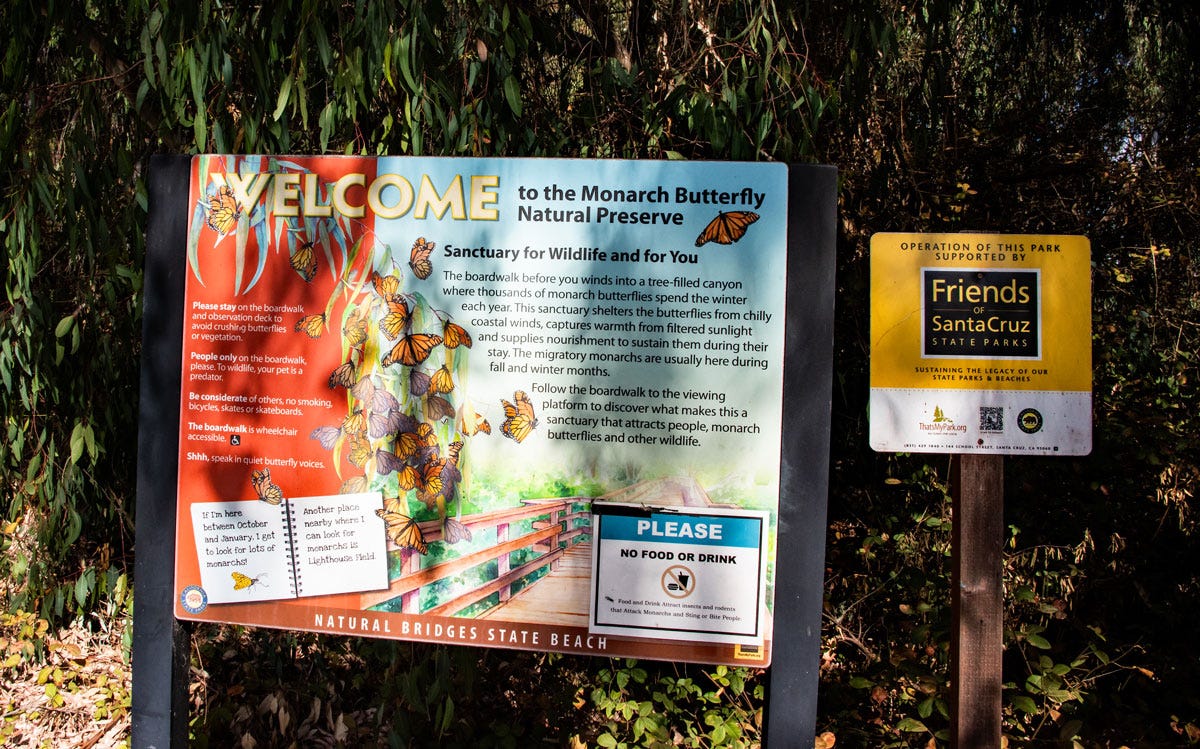
There are two migrating populations, Western and Eastern. The Western monarchs begin arriving in Northern California in October and hang around through January. Between February and March, that population departs from its coastal overwintering sites for the Rocky Mountain states and up into Canada searching for habitat rich with milkweed to lay their eggs. Not all monarchs are migratory, however, with a small but significant resident population in the San Francisco and Monterey Bay region. Researchers have proposed one reason for resident populations is access to milkweed (upon which monarchs depend) year-round and the relatively warm climate. Unfortunately, milkweed that blooms throughout the whole year is often non-native, a potential threat to monarch butterflies due to diseases and pathogens.
I realize this post has become immersed in the (milk) weeds but I’m struck at how freedom of movement is so vitally important for so many animals, including humans. For me, it was simply to take a break and enjoy a different part of the world. Anchovies and butterflies, in obedience to ages-old dictates and genetics, must travel to survive. For people, though, unlike fish and insects, freedom of movement means escaping hardship, following one’s heart, or merely enjoying the simple pleasure of experiencing the new. Sometimes something as straightforward as a walk on the beach or the quiet solitude of a eucalyptus grove can remind us of our vital and constant connection with the world around us.
(All photographs @ Mark Caicedo/PuraVida Photography)

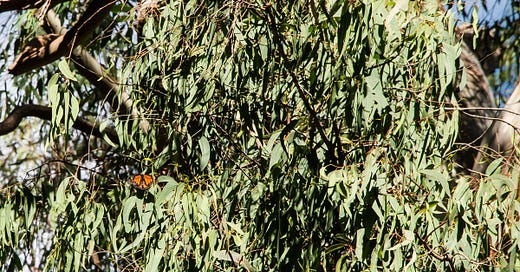




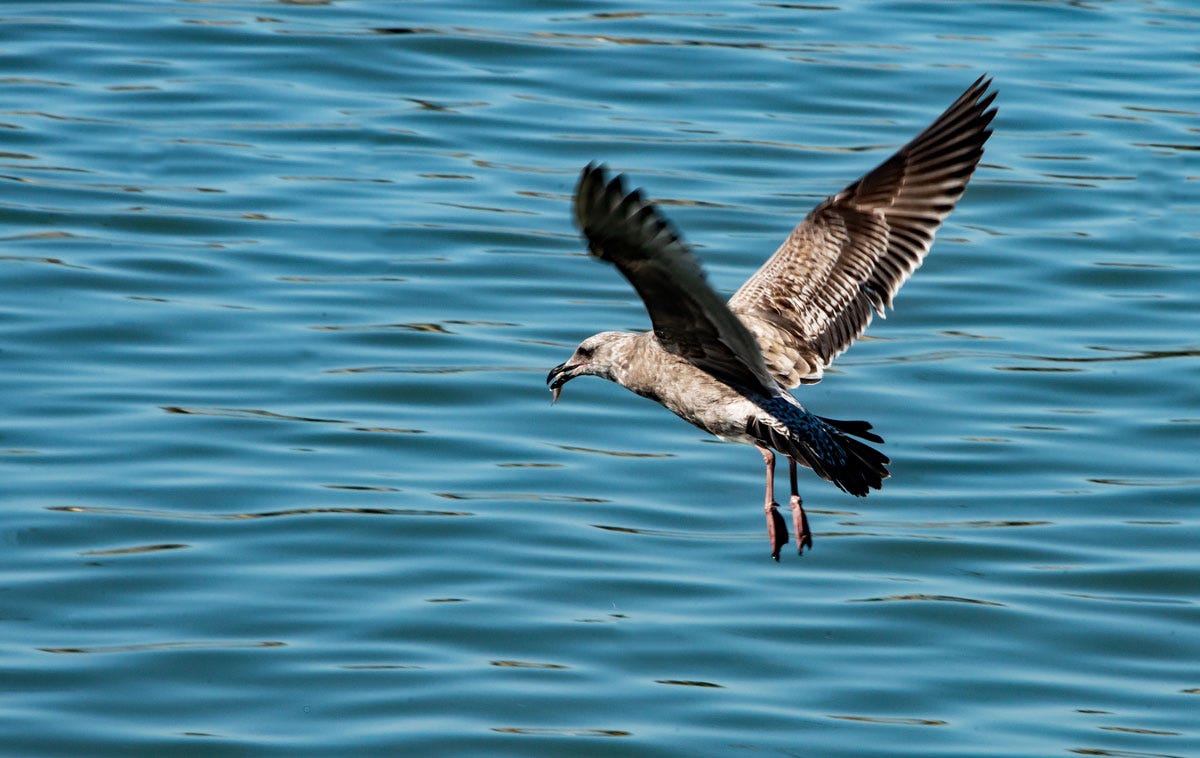

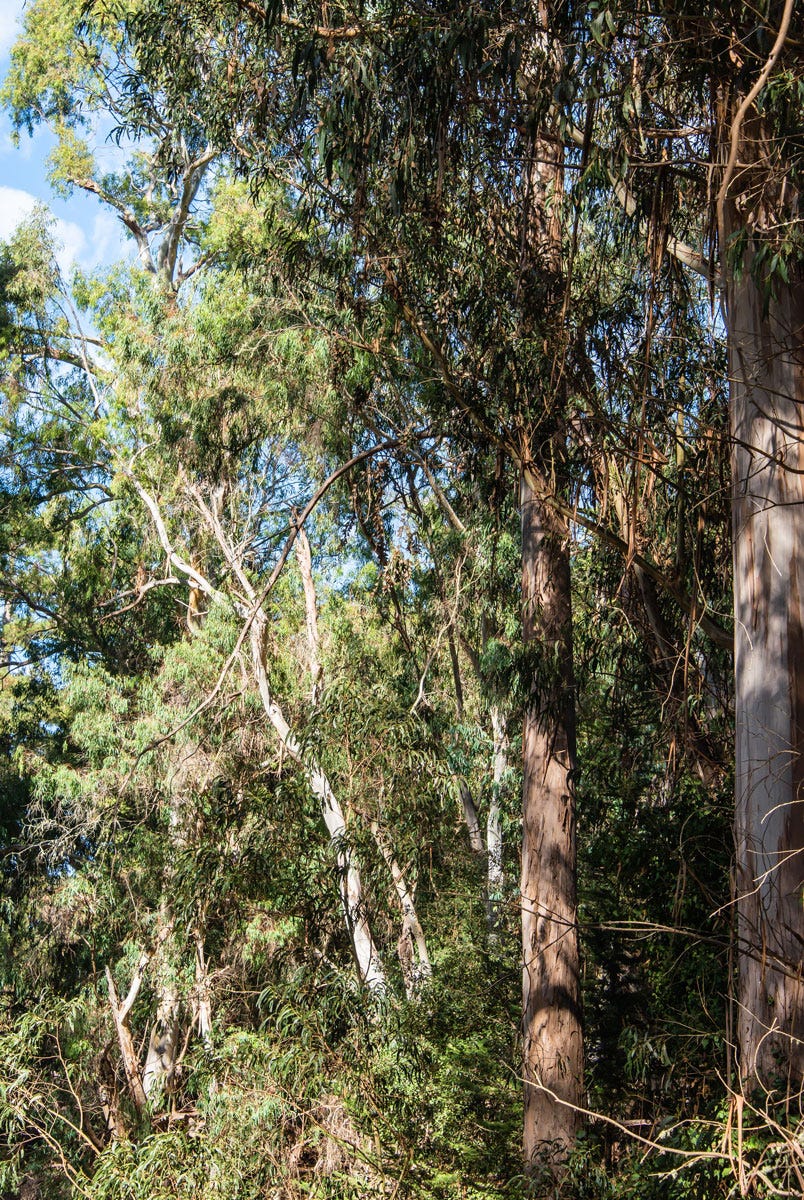

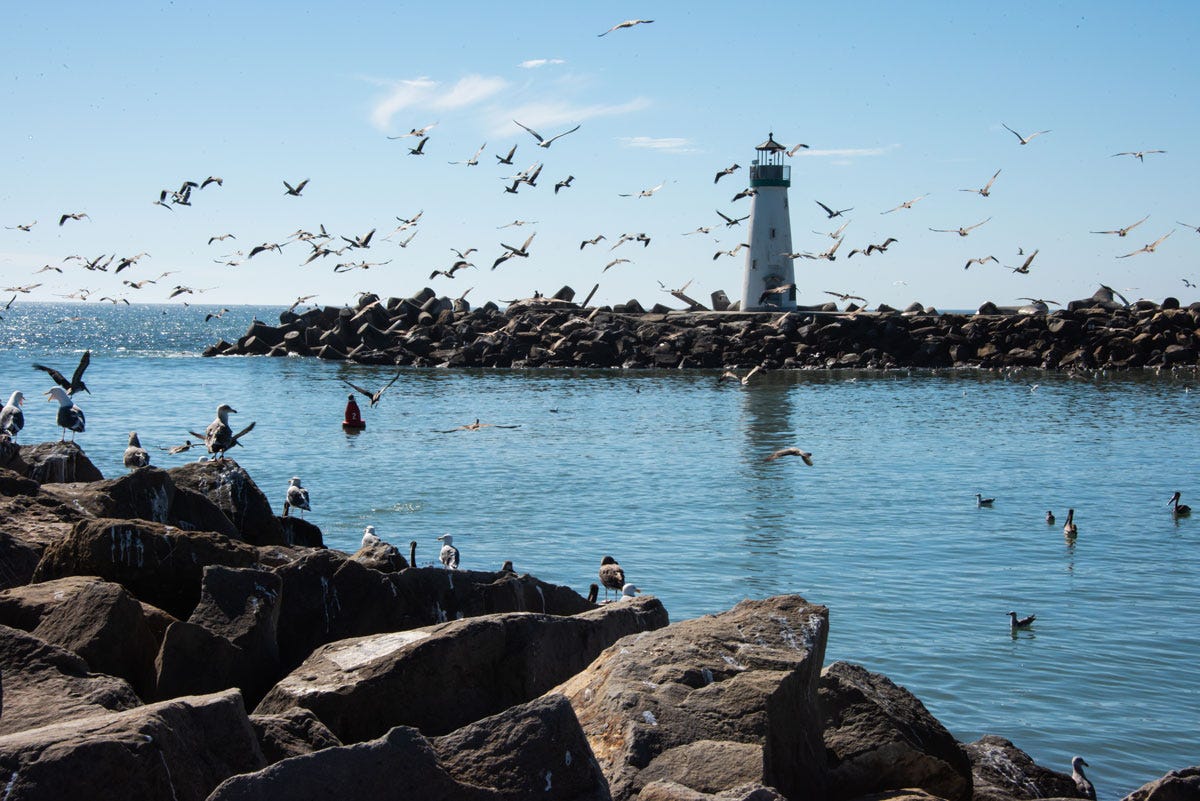



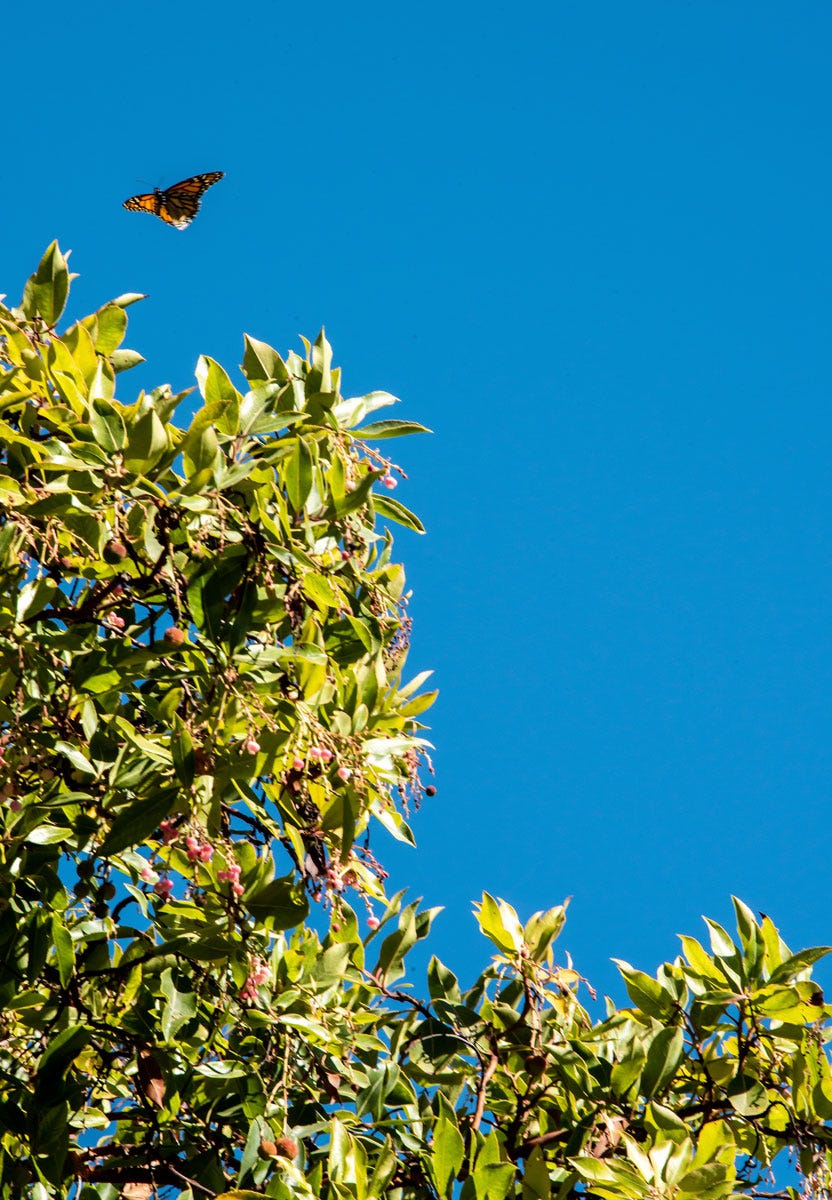
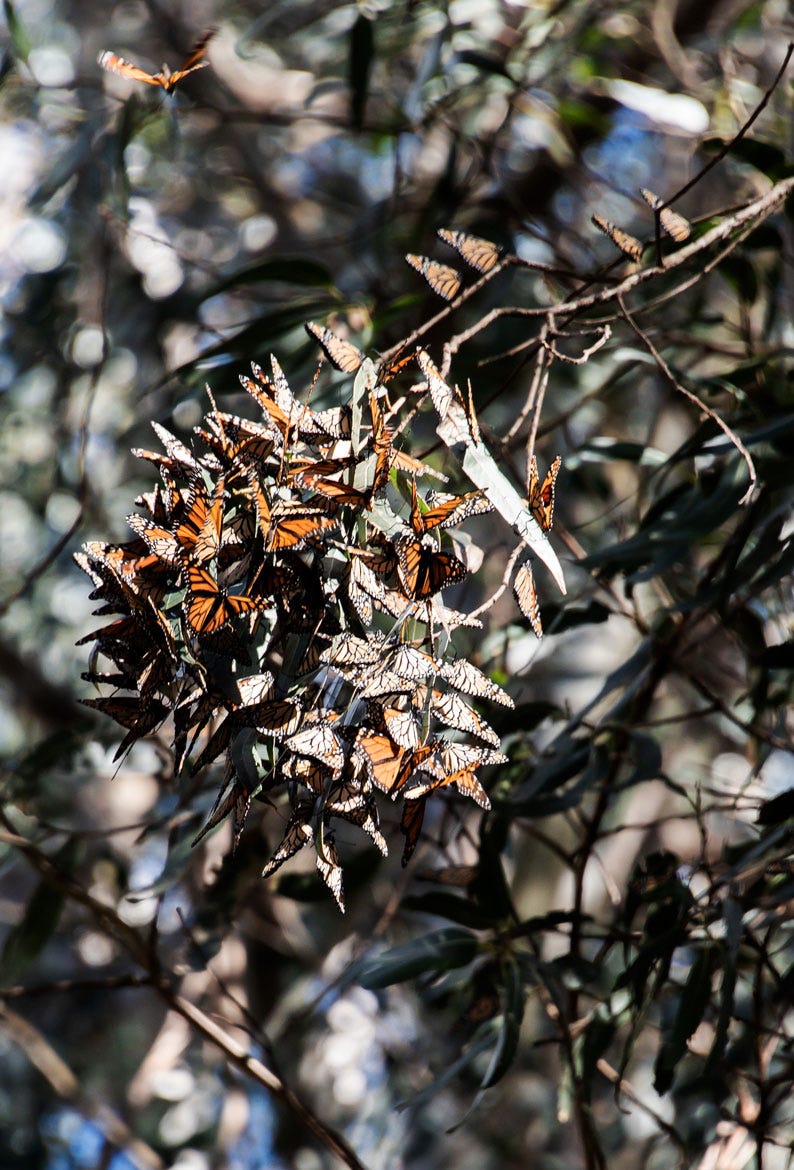

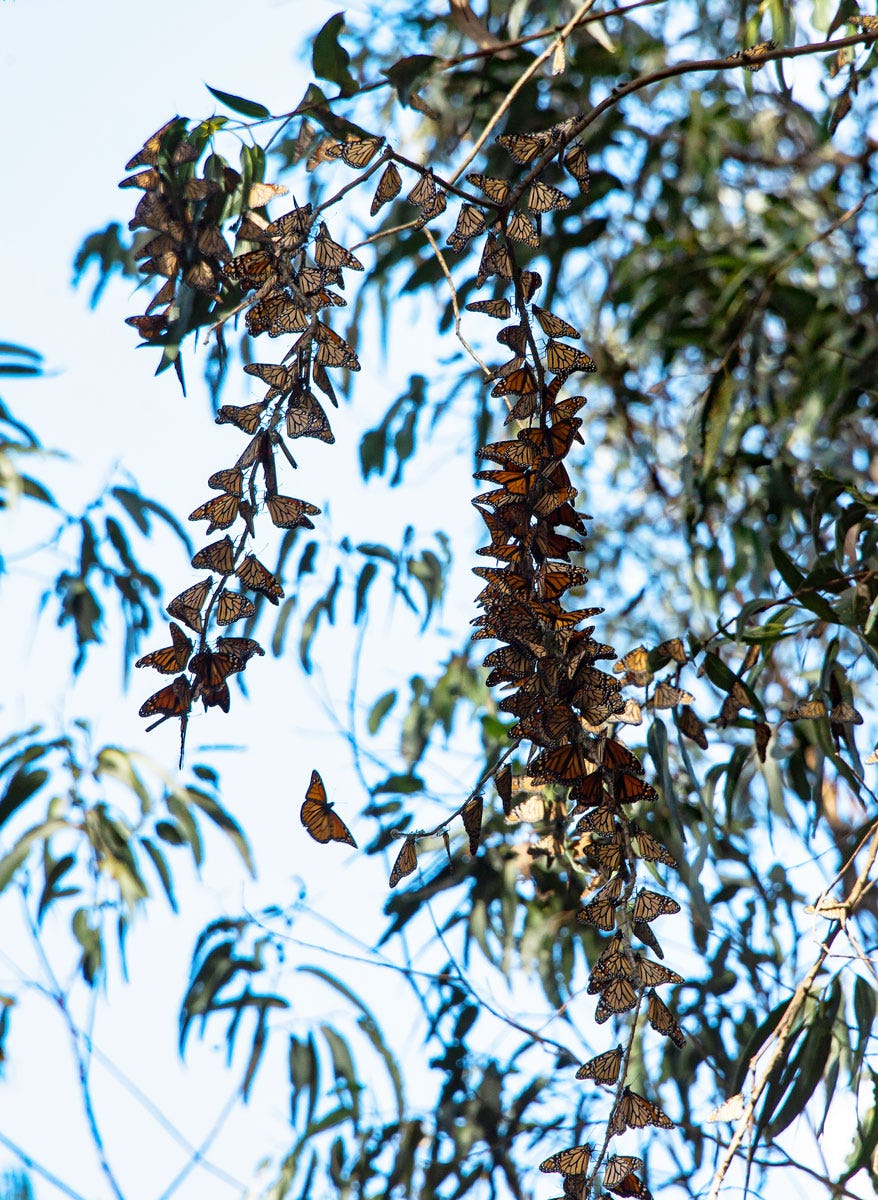
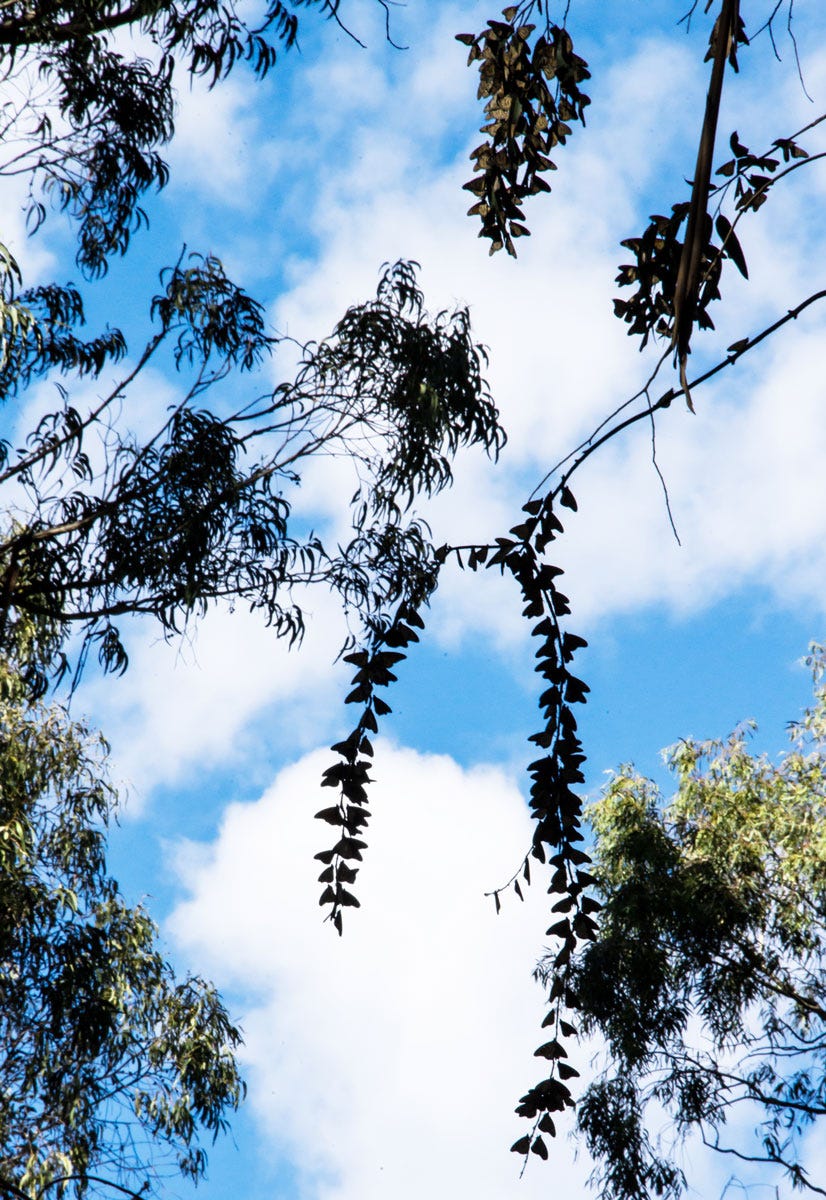
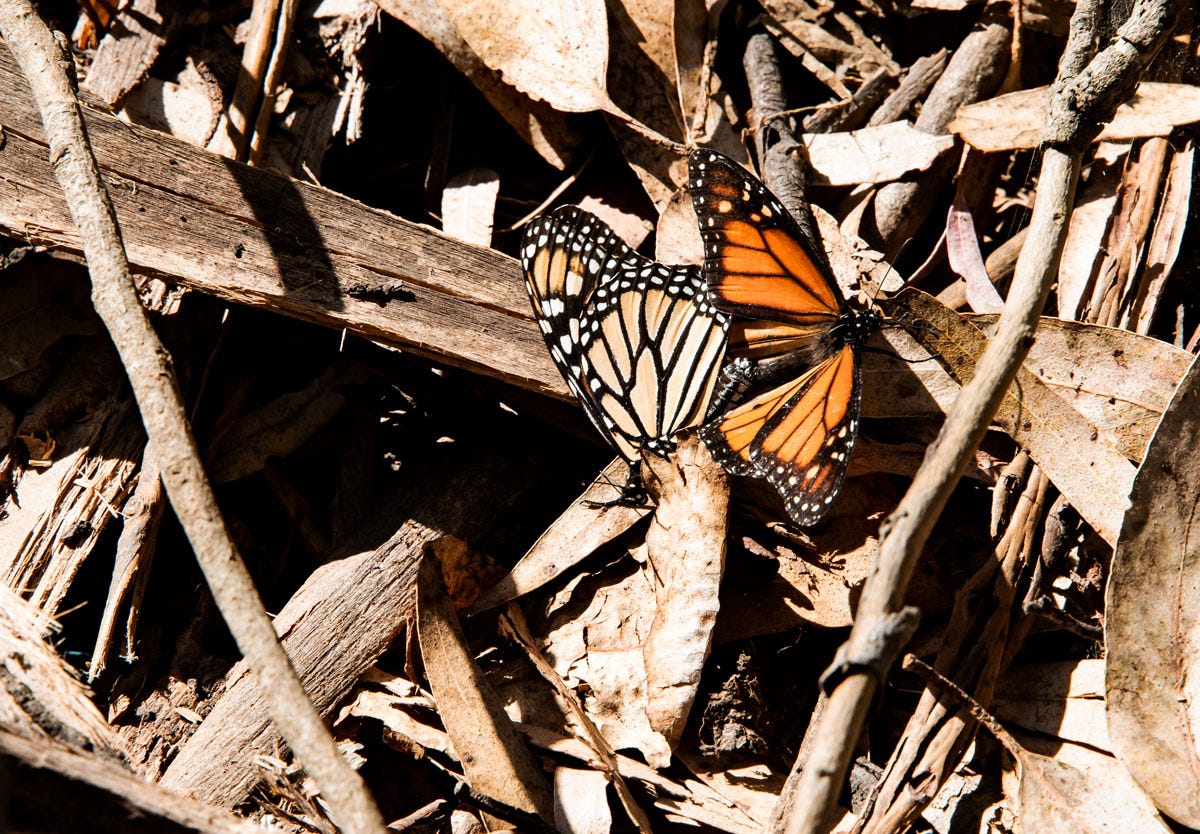

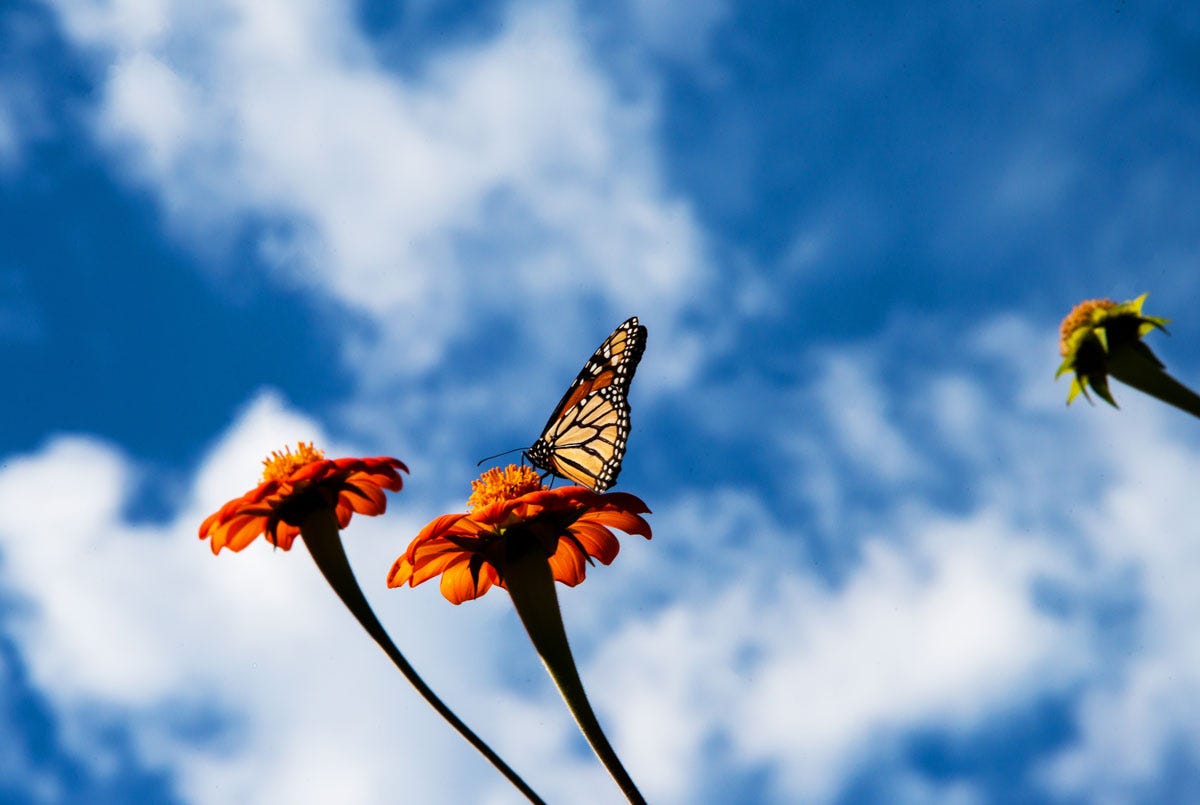
Beautiful work, as usual. Sorry for the stench... but the visuals make up for it.